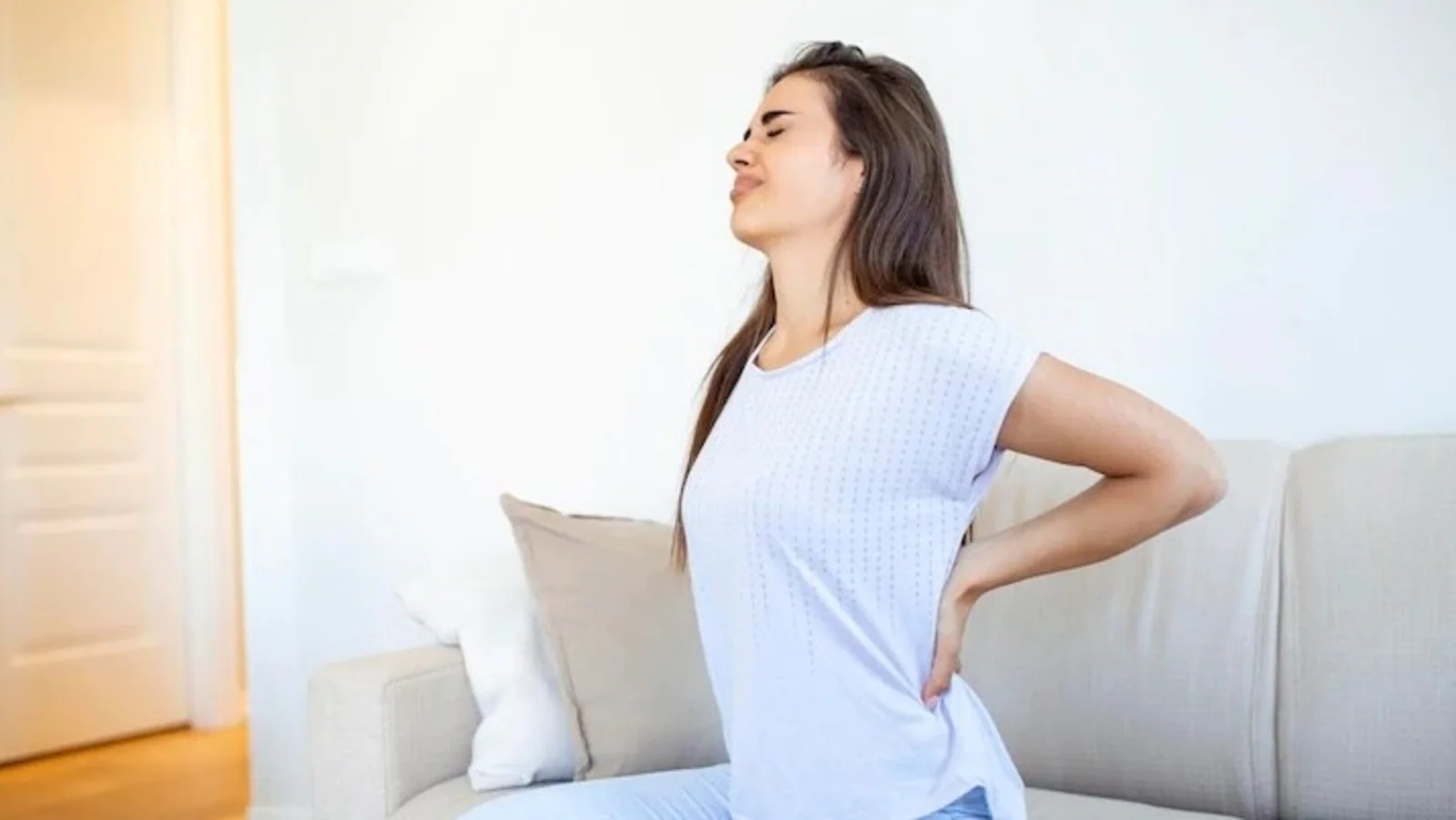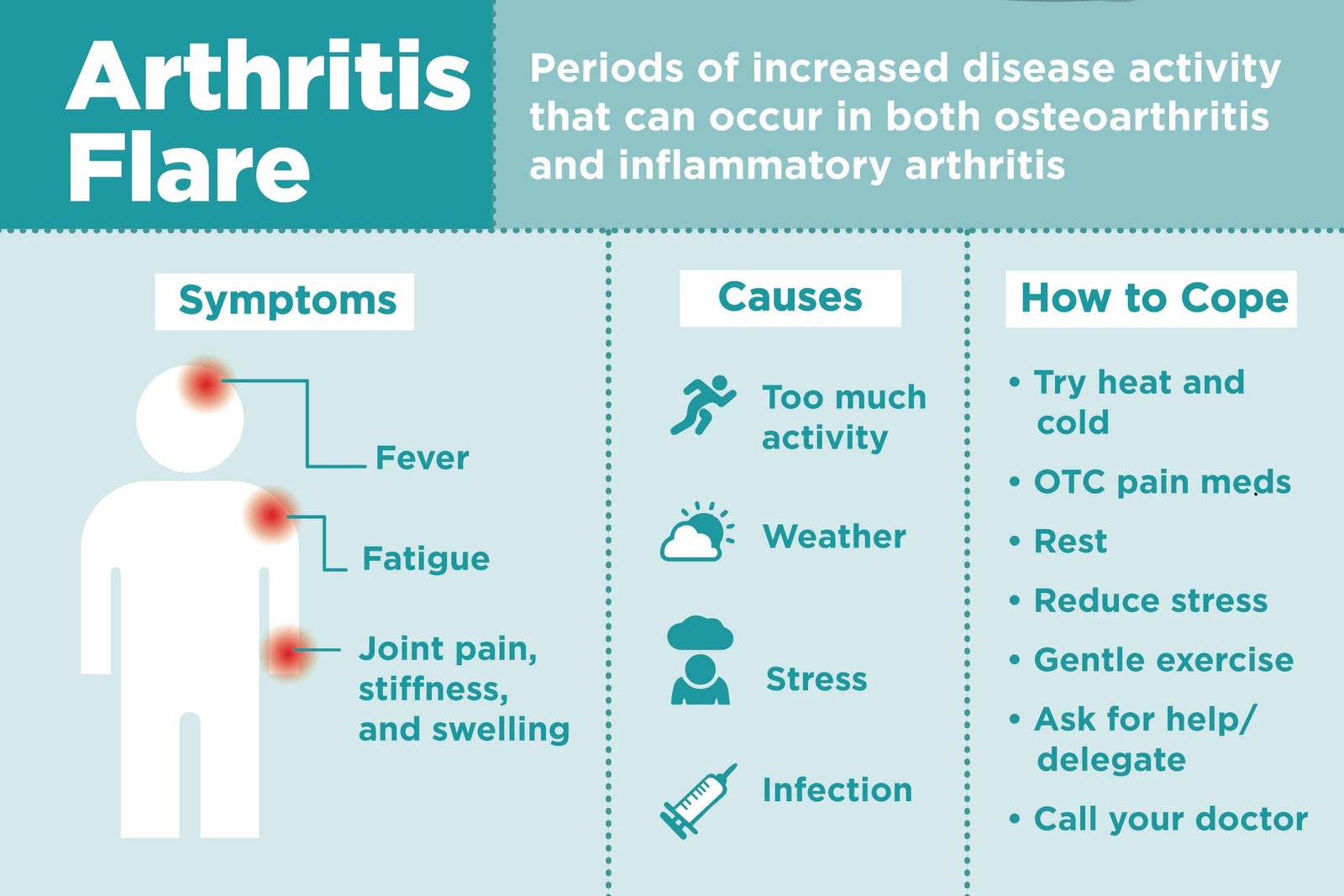
If it hasn’t arrived where you live yet, rest assured that Winter is coming — and that can be bad news for people with arthritis (both inflammatory arthritis and osteoarthritis), many of whom can feel the season in their bones!
Does Winter Trigger Arthritis Pain?
It’s long been a belief of arthritis sufferers that the cold and snowy weather is to blame for increased pain in our joints. While cold weather does not cause arthritis, it can exacerbate it. This pain occurs because your body is more sensitive to pain when it gets cold. The cold slows blood circulation and can cause muscle spasms, according to the Arthritis Foundation. Studies are showing that the change in the barometric pressure is truly the culprit to joint discomfort. Sudden drops in the barometric pressure can cause our joints to swell, placing more pressure on the nerves that control our pain centers. The more swelling you have, the more aches and pains you feel.

The good news is that winter doesn’t have to be the season of your discontent if you have arthritis. Here are some tips on how to take care of your health and fitness and your arthritis pain during the winter months.
Tips To Manage Arthritis Pain During Winters

Keep warm. Staying warm is more than just layering up or adding an extra blanket at night. Think of it as a therapy to reduce tension in your muscles and tendons and thin out the fluid that lubricates your joints.
Wearing loose, layered clothing helps trap your body’s heat and keep the joints warm. Some other dressing tips include:
- Wear gloves or mittens to soothe aching hands
- Wear a hat and scarf to protect your head and neck and trap in natural body heat
- Wear waterproof boots and warm socks to avoid getting cold and damp
- Thermal underclothing, leggings, or tights help keep knees warm
Stay Active. Exercise is always good, but it’s essential to reduce arthritis pain. When your body is moving, it becomes more flexible and less stiff. Exercise can also give you more energy and release hormones that help reduce arthritis pain. Walking is an excellent exercise to keep the joints mobile. Not only are those mall walkers taking care of their hearts, but they receive the additional benefit of increasing their overall strength and flexibility in their muscles and joints. So, believe it or not, exercise and activity ease arthritis pain. Other activities, such as riding a bike, swimming, and dancing are great alternatives to consider, and they don’t feel like exercise.
Stretch. Lack of physical activity causes the joints to become stiff and sore. That’s why when you first wake up in the morning it takes a while to get moving. If you exercise first thing in the morning, make sure to stretch and move around a little bit before you begin to loosen up those joints and prevent muscle damage. Stretch to loosen your joints, warm them up, and prevent injury. Simple activities like rolling your wrists and ankles, stretching your fingers, and knee bends are great beginning exercises.
Healthy Diet. Eat foods rich in omega-3 fatty acids like fish, nuts, and seeds, and limit sugar and carbohydrates. The goal of your diet is to reduce inflammation. Omega-3 fatty acids are not a cure for arthritis but can help reduce inflammation.

Overindulging in rich and sweet food during the holidays could cause some people with rheumatoid arthritis to have a flare-up. Holidays are especially suspect because of all the desserts, rich gravy, processed meats, and more. In addition to arthritis pain, bad food choices also increase the risk for other health issues like osteoporosis and cardiovascular disease.
Monitor Vitamin D Levels. Check your Vitamin D level. Vitamin D needs sunlight to activate it and it is especially critical to get sunlight in the winter when we spend more time indoors. Low Vitamin D contributes to bone which can also worsen arthritis pain. Talk to your provider about checking your Vitamin D level.
Weight Management. Maintaining a healthy weight can also reduce pain and stiffness since it reduces pain in weight-bearing joints like the knees, hips, and spine.
Stay hydrated. You can sweat as much in the winter as you do any other time of the year, so make sure to drink plenty of water throughout the day.
Consult Your Doctor. If the pain becomes unbearable and cannot be managed, it is best to seek help from a doctor to prevent any serious condition or muscle damage.
Winter can be a painful time of year for people with arthritis but consider it a diagnostic test for your body. When you experience pain in one joint or another, that’s like a ‘check engine light’ in your car. When that light goes on, take a step back, examine what’s causing the pain, and then take proactive measures to fix it.



